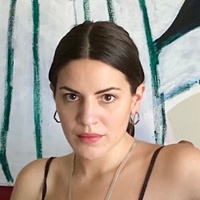On giving your art the time it needs
Prelude
“I don’t know what I would have done without punk rock,” says photographer and filmmaker Mike Galinsky. “It made me feel like I could do anything I wanted.” An attendee of NYU back when it was a commuter school, he doubted he had what it took to be an artist. Today he is so prolific that he’s juggling several feature films. His “photo set” of 80’s mall life first caught fire in the Flickr era, prompting publication as a fancy folio. A recent viral Instagram reel inspired demand for affordable reprints, a forthcoming hardcover called The Decline of Mall Civilization.
Conversation
On giving your art the time it needs
Filmmaker and photographer Mike Galinsky discusses creating time capsules, the wisdom of organizing your work, and succeeding by doing what you believe in.
As told to Paul Barman, 2075 words.
Tags: Photography, Film, Art, Process, Inspiration, Identity.
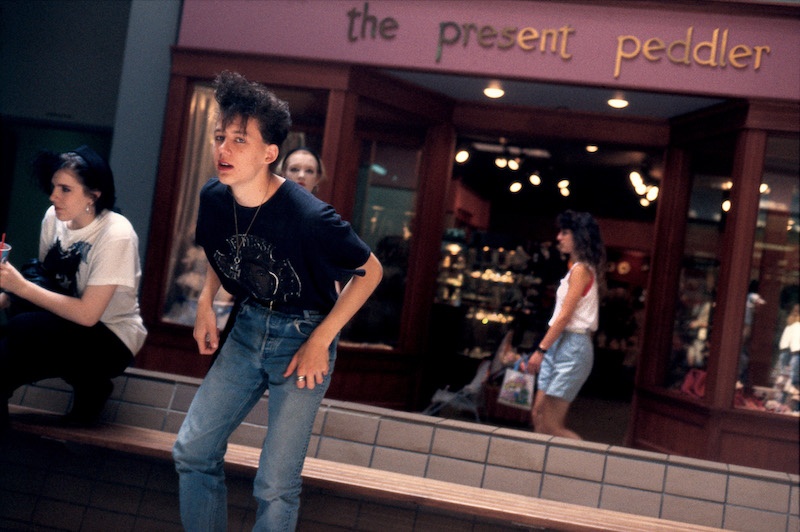
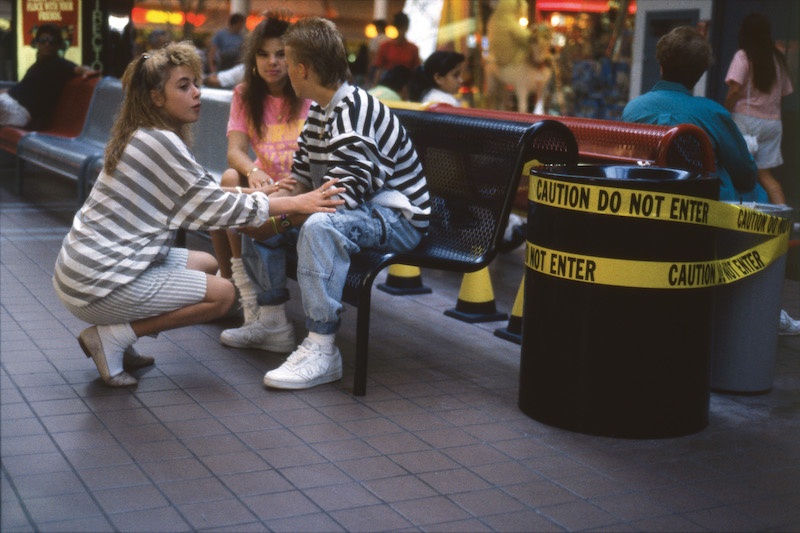
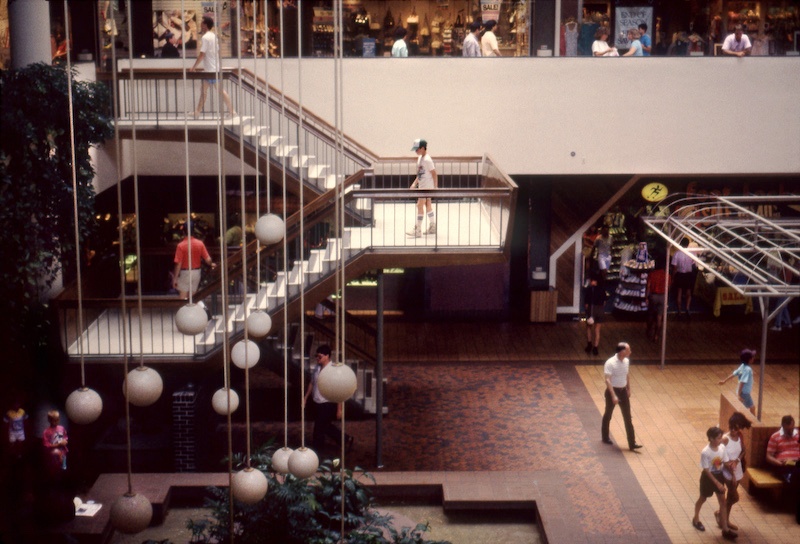
Let’s talk about time capsules. How were you so prescient as to know that’s what your mall project needed? Was there a precedent for time capsules in your consumption of art?
When I went to college, I ended up taking a lot of religious studies, sociology, and anthropology classes, which gave me a long historical view about the importance of documentation and paying attention. I knew I wanted to be a photographer, and I spent much of my time in a photography book store called A Photographer’s Place in SoHo. I realized that the books that gathered images from 20 and 30 years earlier had a resonance and a weight.
So, when I stumbled upon the mall in Long Island, I had this awareness of all those different factors; that documenting the mall would be like an anthropology project, but also a photography project, kind of like Robert Frank and William Eggleston, two photographers that I loved. And I was looking at their work and realizing that this work won’t mean as much until later. That was the secret sauce.
I’ve always been doing that, even when we made our first movie. My wife Suki and I made a movie called Half-Cocked in 1994. We couldn’t get it into a single film festival because it was almost too present. I kept saying, “In 10 years, it’s going to mean something to people.” It turns out it took 25 or 30, but that idea was right. And, as a 20-year-old, 10 years seemed like a really long time. As a 54-year-old, it doesn’t sound that long.
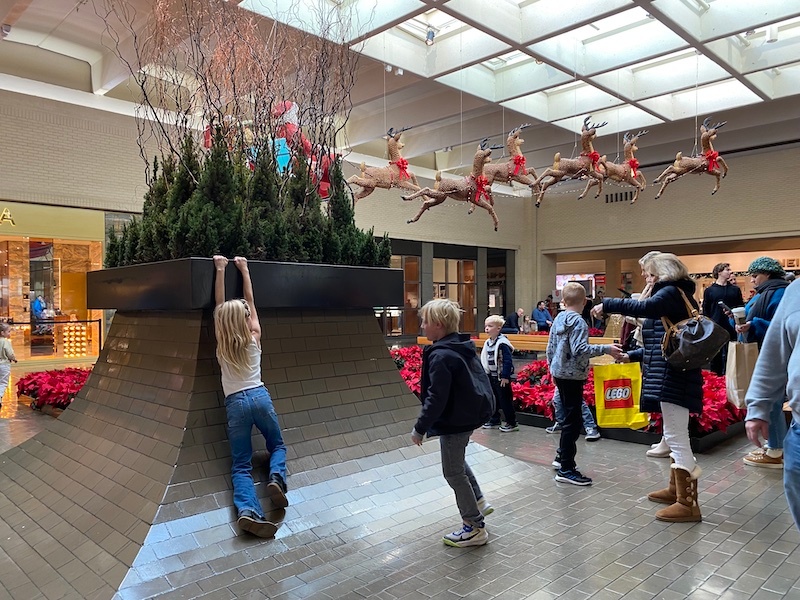
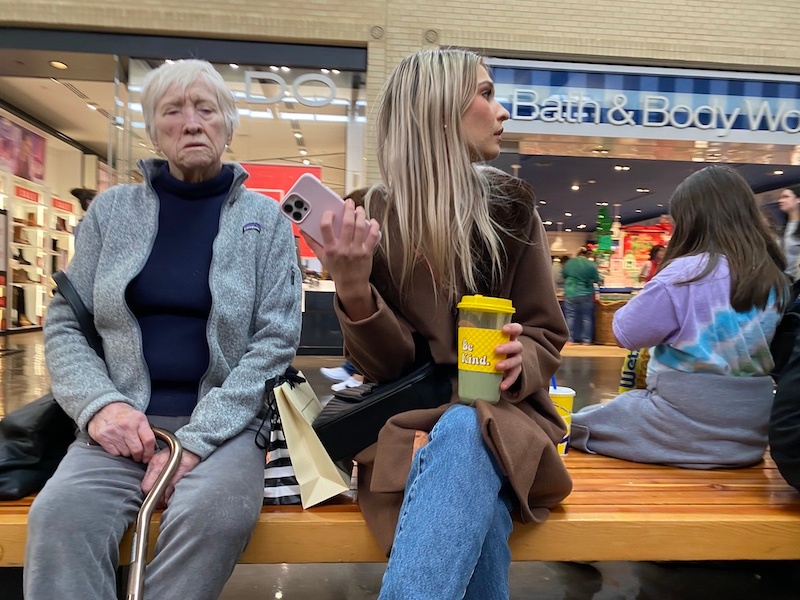
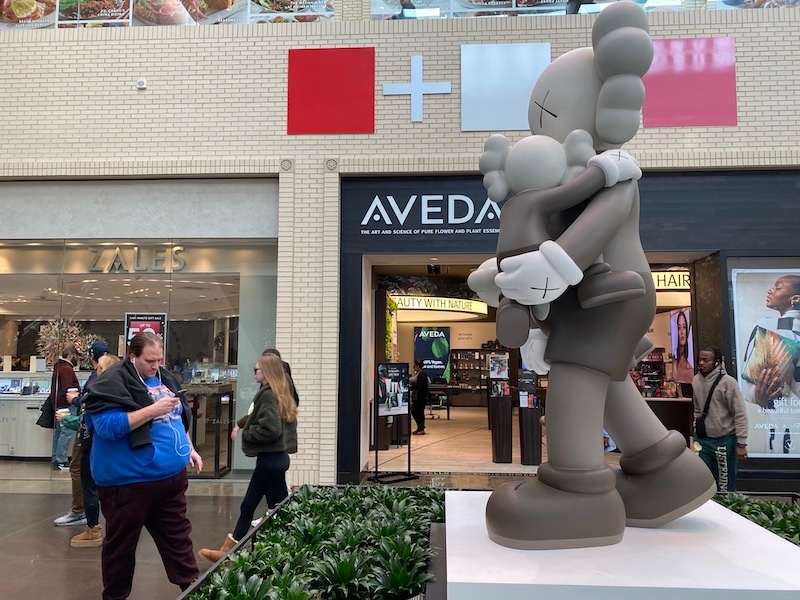
Have you recommended that people sit on stuff for awhile, and has that borne fruit?
I wrote a letter to young photographers on my website. It’s advice that I wish I’d had when I was young, to both take a long view, and to be organized. I’m constantly counseling my daughter, who’s becoming a photographer, make good folders of your work. You’re going to want to find it later.
I was drawn towards work that was observational. I didn’t feel like I was an artist early on because I didn’t think I had the eye, or the explosive creativity I needed to be an artist. But there’s different kinds of ways of making art, and some of it is about combining ideas with aesthetics.
I’m friends with a lot of artists who are much more aesthetical, and pushed me to be more aesthetical. But aesthetics is oftentimes window dressing to ideas, and covers over the idea aspect, because it makes it so much more about aesthetics. Over time, the ideas rise up when they get out of the present moment.
What about Eggleston’s work resonates so much?
What I loved about Egglesgton’s work, is that it was so mundane in so many ways, but so sharply observant of details that would be hard to notice in the moment because they were so ever-present. Understanding that if you captured them with a presence, they would capture the essence of that time and that space in a way that would take people’s breath away later.

Can you say something specific about two photos you pointed out to me—the airplane cocktail and the lady sitting next to a chained-up pole?
It’s just a very simple portrait, but it also has a love of light, but also capturing fashion and style from the moment. I took a picture yesterday of just some flowers. What struck me about them is they looked like eyelashes, and right now young women are putting on long fake eyelashes. They looked like that.
As far as those older photos… You know when you plug in a hard drive you haven’t used in a while and it does that bzzz-bzzz-bzzz sound? I think that’s what it does in your brain, it goes to a different part, and I would call it the nostalgia part. It does something in your brain that actually wakes up a part of you that you have forgotten.
What about the people who are younger than 30, for whom this book will resonate?
There’s also a nostalgia for a past we never experienced. Thinking about when I was growing up listening to music from the ’70s, the thing you’ve got to remember is we do experience it, but in subtle ways.
When I was a kid, my parents were given a huge collection of comic books from a colleague whose son had gone to college, so I grew up going through all these Archie and Richie Rich comics, which were 10 and 15 years before my time. So, I had this really interesting cultural understanding of the ’60s, this hippie generation stuff that was mocked and made fun of in some ways, or referenced, and I think that kids who grew up before the ’80s still see these references in their parents’ old photos. So, we do have a remembered past.
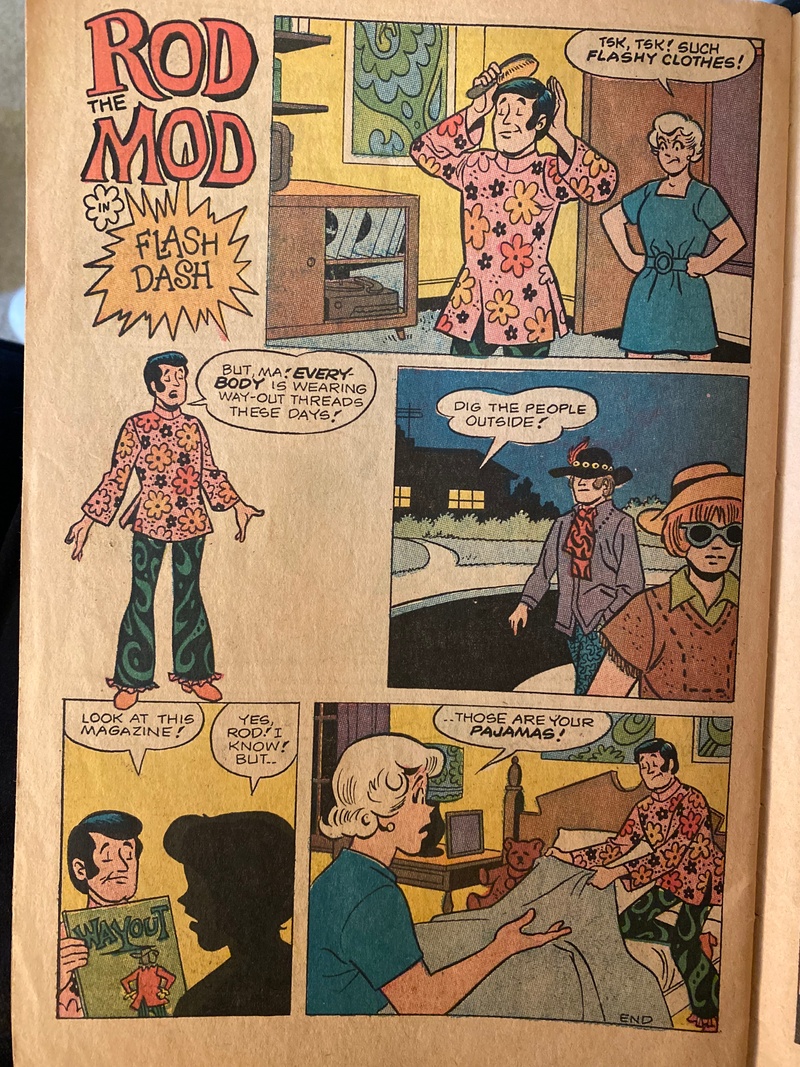
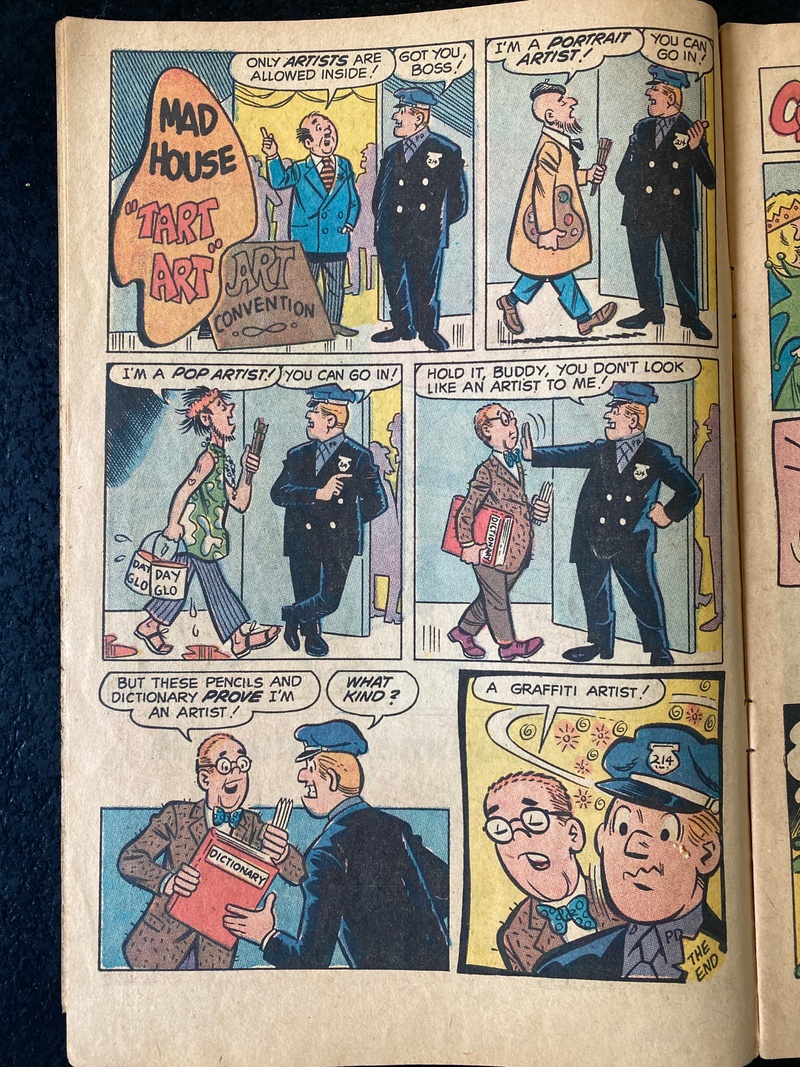
I was in a band, and the guitar player wrote all the lyrics, because he sang them. We have a song called “Miss America” and it starts out, “Nostalgia should become a criminal offense / We’re always pining for a lost innocence / dreaming back a feeling that we never really had at all.” And I always think about that.
I grew up in a house where there were a couple of photo books. My mom bought the Helen Levitt book. It’s mostly kids in the streets. And so, it was just on our coffee table book. It’s actually a first-edition. It’s worth like five grand now.
And she also bought the first edition of On The Road, and in that book, when I found it, she has the New York Times review annotated and underlined, and just put in the front. When I bought NWA’s first album, they were on the cover of The Village Voice. My copy of Straight Outta Compton has, tucked inside, the cover article from The Village Voice.
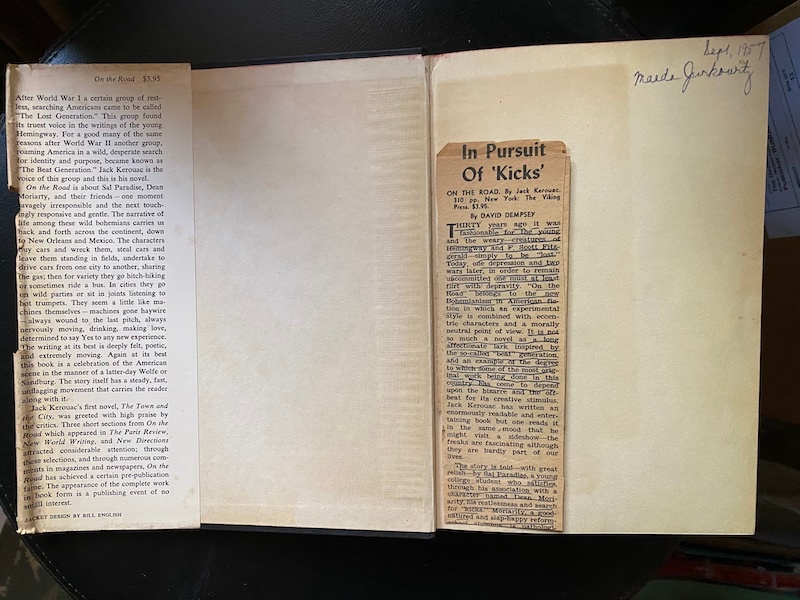
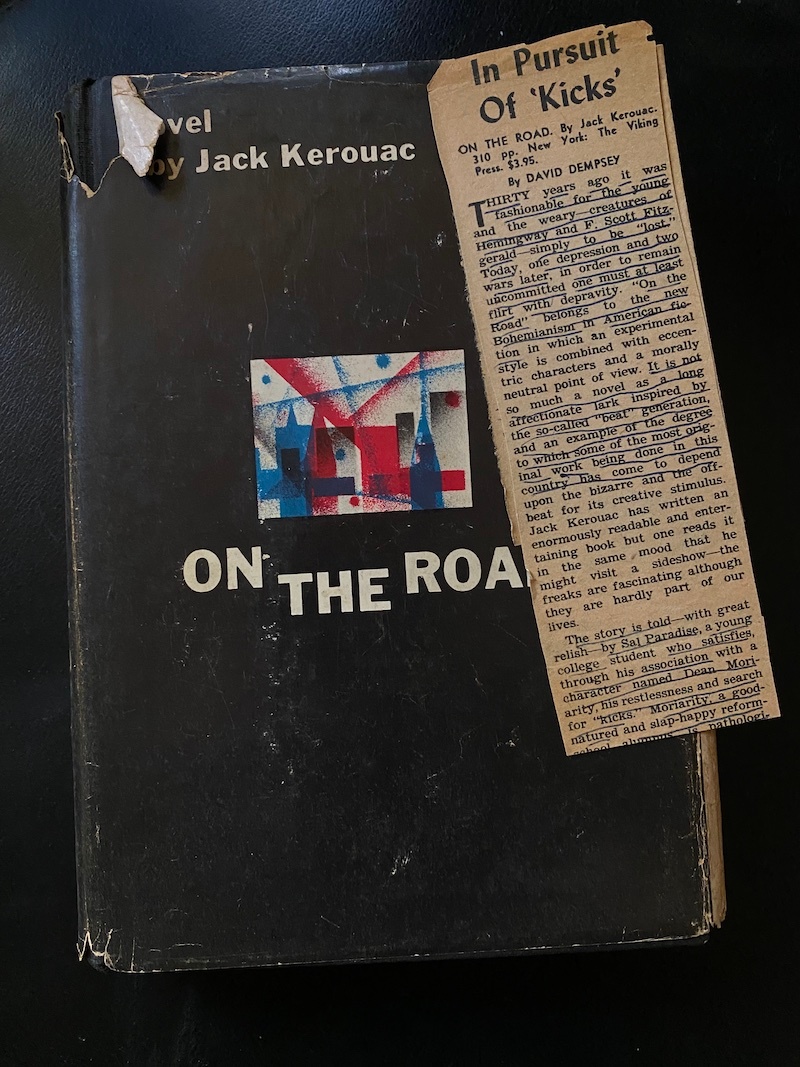
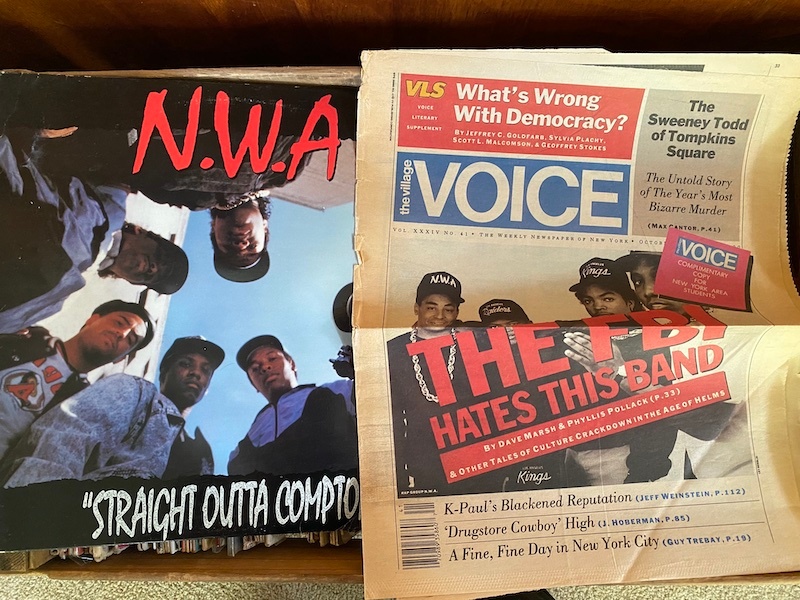
I had some issues with my Mom when she was here. But so many things that she did were incredible, and I internalized them without even realizing it, in terms of her love of art and nature. She was a social worker, so she wasn’t an artist. But she had ideas.
In the ’80s, when the AIDS epidemic started, tons of people came back to North Carolina because they couldn’t take care of themselves. And she set up phone networks before the internet for them. This was a project she did as a social worker, was group connectivity. It was so meaningful to those people. I just think, wow, that, as a connector, what I picked up from her as well.
I read you are a fan of photographer Garry Winogrand. Can you tell me more about him?
Again, my motherfucking mom, right? I remember, I came home from college for the summer, and there was a New York Times magazine article about Garry Winogrand, and she hands it to me. She said, “You know what? I think you’d like this.” God, it made me so emotional. And not only did I like it, I was just blown away, and it had so much impact on me. If I hadn’t seen that, I don’t know that I would have had the same impulse to make that mall work.
It’s funny, because just before we talked, I was just talking to my wife a little bit about some of the stuff that was difficult about my mom, but there’s so much that was so great, too.
Is this the same wife you convinced to drop out?
I did, yeah, and we’re still together making films. So, we’ve made all of our movies together. And she has an amazing and sharp understanding of storytelling.
Tell me about what you’re working on now.
A bunch of features. We spent last year documenting the Savannah Bananas, which is a new baseball team in Savannah, Georgia. They started as a college summer league team, and did a lot of entertainment. But they found that people were still leaving early, so they created new rules to make the game go faster and be more exciting. And it’s just blowing up. It’s been wild to be a part of that ride.
Also, there’s a project I’ve been working on for over 15 years. When I had two kids, I realized they were completely different than each other, which was shocking. And so, what’s connected to that is that I was a sperm donor. I grew up in the ’70s. Nurture was everything, right? It wasn’t nature, it was all nurture. I had a psychologist father, social worker mother…There was such a vibe when I was growing up that, “If we can just nurture, and everything’s going to be wonderful.” So, when I decided to become a sperm donor after college, I thought I didn’t matter.
My roommate had been one, and I just thought, “That’s fucked up.” But then it was like, “Look, you’re just doing a mitzvah for a family in need.” And that struck me. I was like, “Okay, let me try that.” And I did it for a little bit.
Then when I was 33 or 34, a woman said to me, “You know, you’ve got to go look for your boy,” I was like, “Oh, I probably have some.” I started looking into it, and found that a lot of the donor-conceived people were mad. So, I wrote an op-ed saying it probably should not be anonymous. I’m not saying it shouldn’t happen, but it’s not fair to cut ourselves off.
So, I started this project and I found all these other people to follow. Four years ago, I was in the hospital with my mom, who I thought was dying of pneumonia. I got a text from my cousin saying, “Hey, I just got off the phone with your daughter, Holly. Do you remember you were a sperm donor?”
I’ve written a script based largely on her life. And that combined story of how she meets her sperm donor father. It’s not the same story, but it’s her experience, and my experience. It’s a mashup. It’s not a documentary, but it’s very documentary-like. Holly’s my best friend. In our film, I want the daughter I raised to play the daughter I met.
Anything else you want to say?
“Art is anything you can get away with.” I saw graffiti of that [quote] by Lee in DC, and I took a picture of it, and I made a T-shirt in high school, in a silkscreen class, and it just sticks with me.
We often get stuck in these ideas of what we’re supposed to be doing, and what systems are telling us we should be doing. As someone who could never accept systems, being an artist the way I have has been hard. But, if you just do what you believe in, time will be kind.
Mike Galinsky Recommends:
The Eyes of the City: a photo love letter to NY by master photographer Richard Sandler
Flying Nun Records: getting their comp Tuatara in 1988 introduced me to The Clean, and a whole world of creative pop music.
Maggot Brain Magazine: my friend Mike McGonigal’s magazine is brimming with amazing content
Tae Won Yu: one of the most thoughtful and incisive artists I know. He designed The Decline of Mall Civilization.
The Sun Magazine: I started reading The Sun in high school and it continues to broaden my understanding of the world.
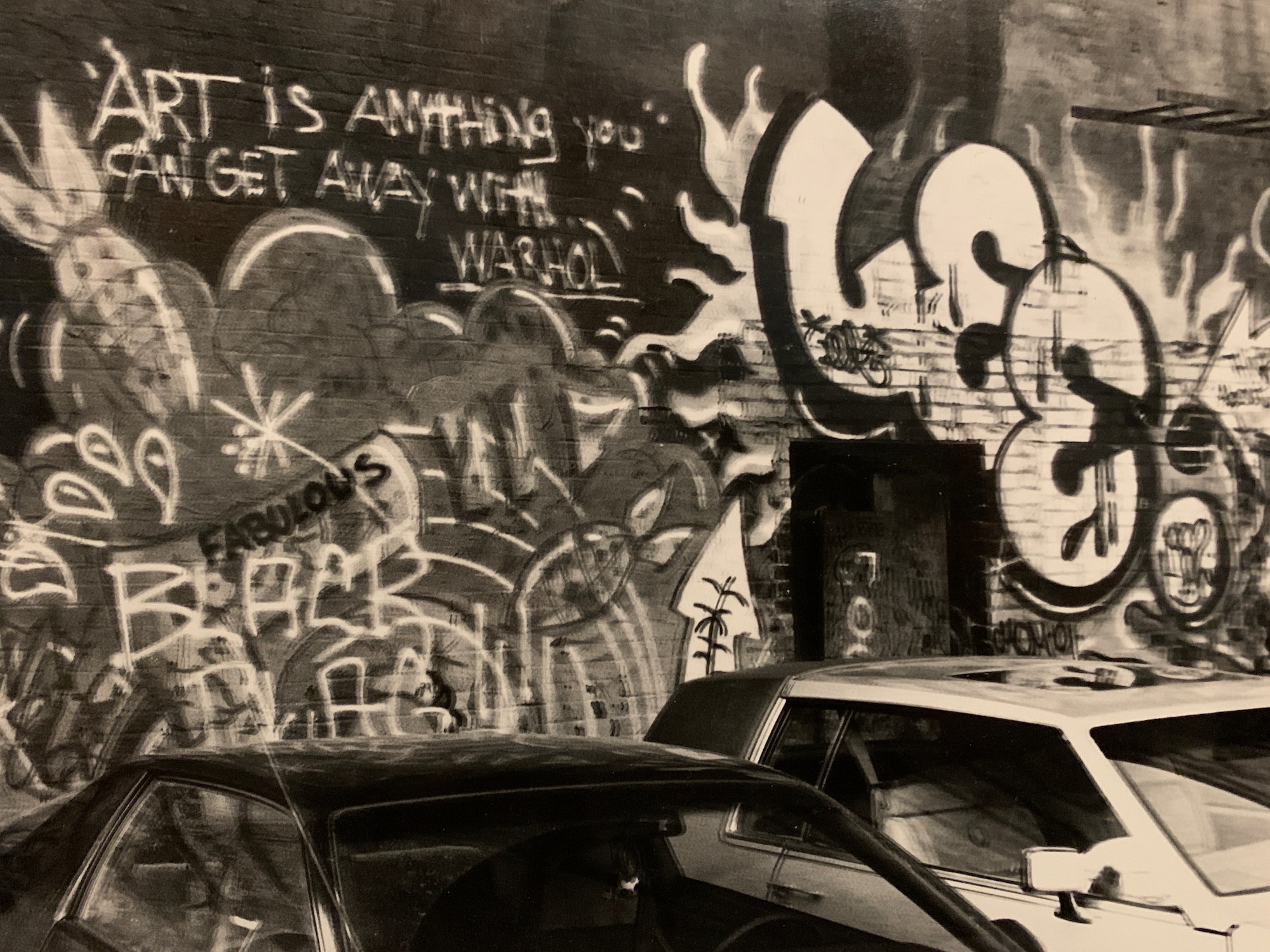
- Name
- Mike Galinsky
- Vocation
- photographer, filmmaker, musician, artist
Some Things
Pagination

